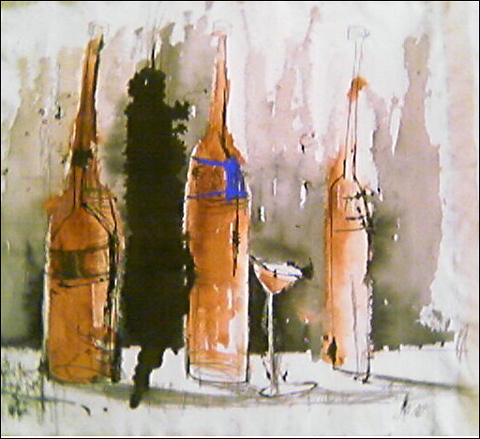Flusser and the Outright Dis

The a-synchronicity of electronic mail to a complete stranger strips out all requirement of social obligation and, in turn, relies only on content to motivate the receiver in their response. In other words, when using text based communication -- with a person whom you have never met -- that person is not socially obligated to respond to you: they can easily delete your message, toss your letter in the recycle bin. Conversely, they may feel they are obligated to offer a response when standing in front of you or listening to your voice on the other end of a telephone call. Audio: it is what Freidrich Kittler aligns with the real.
If you, the conversation initiator, walk up to or call up a stranger in their office or home and introduce yourself, this person, the initiation receiver, is immediately involved in a socially obligatory situation. Sure, if you use the telephone the person could hang up on you. If you approach them in a hotel lobby they could look you in the eye and walk straight away. But for the most part it seems that normal, social beings accept this social fate and, in some way, attempt to deal with it whether they have a genuine interest in it or not. Aside from the beggar-in-the-street, the outright "dis" of another human being is uncommon.
The a-synchronous nature of text based correspondence allows for this removal of social obligation. Therefore, the remaining element to determine if a person will respond to your letter, electronic or otherwise, seems to be the content of your writing: If what you wrote to a stranger is interesting, they may write you back. If it is not, they probably won't. I find this to be particularly interesting, especially in what I call The Age of Image, the prevailing cultural condition in which we all currently survive where image -- the image, an image, your image, their image -- is often times all that matters. Or, at least, that is what a lot of people think (or don't think, because the image gives them their answer.) Flusser said ancient image (sculptures, cave paintings, etc.) marked our place in the world and acted as map points to orient ourselves in the real. Then text came along and tried to explain image, decode it, make it linear, organize the magic. Later the mechanical image, the technical image has further removed us from the real world and, perhaps, in its tertiary position, has created the hyper real, an image of the real where the image is taken as the world instead of the uncoded message that it really is.
So, maybe we should hold on to text a bit longer; read it, think about it a bit more. Write more, People! Write well, write often, and, depending on how well you do -- and if whether or not what you write is interesting -- someone, somewhere may just write you back.

To comment, please create a Memefest account, it will take you only 2 minutes! Login here if you already have one.